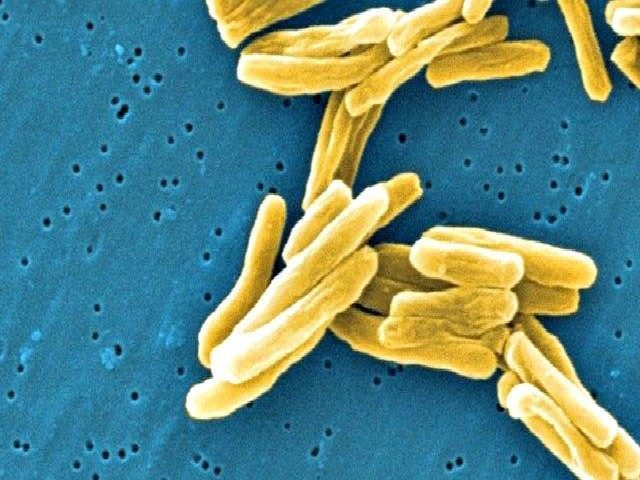Health officials confirmed a case of tuberculosis (TB) at a San Antonio high school, although they are not saying if “patient zero” is a student, staff, or faculty member or if this is an isolated incident of the highly contagious bacterial lung infection.
On Tuesday, the San Antonio Metropolitan Health District (Metro Health) issued a statement advising the TB case happened at Lanier High School in the San Antonio Independent School District. They will not release information on the affected individual because of medical privacy laws. They stated the person is off campus, remains in stable condition, and will not return to the school until no longer infectious.
Metro Health said they are working with the school district to identify others who may have been exposed to the person with active TB. Lanier High will send letters to those potentially exposed. It is not known if any of these recipients are students. Health officials only advised parents or staff with questions to call the agency’s TB Chest Clinic.
According to the statement, Lanier High held a meeting Monday about TB for staff and faculty. The school sent home letters to parents inviting them to attend a bilingual TB presentation in the auditorium on Tuesday evening, November 1.
Local public health officials described TB as an infection caused by a microbe that typically affects the lungs. They said casual and limited contact with a person who has active TB is not enough for someone to contract the illness, only close contact with an infected person for a substantial amount of time may result in TB exposure. Officials cited the American Pulmonary Association’s quote: “It is not easy to contract an infection of tuberculosis.”
This statement mirrored similar content in a May 2016 Metro Health news release about a TB case at Highland High School, also in San Antonio ISD.
The Texas Department of State Health Services (DSHS) noted that while curable with proper treatment, some strains of TB are drug resistant. In 2015, nine people in Texas were diagnosed with multidrug resistant TB but none of the cases were extensively drug resistant, the most difficult form of the disease to treat.
Last year, an El Paso border school TB tested 203 elementary students and 68 staffers over summer vacation, following possible exposure to a case that broke out before the end of the school year. During their first round of testing, 29 students and eight adults tested positive for the illness. Also, one case of the contagious airborne pulmonary lung infection at an east Texas community college quickly multiplied into four more cases, the direct result of contact with “patient zero.” Soon thereafter, 50 other people, who had possible contact with one of the infected individuals, were screened for TB as a precaution, Breitbart Texas reported.
In 2015, the DSHS accounted for 1,334 TB cases statewide at a rate of 4.9 per 100,000 people, up from 1,269 cases at a rate of 4.7 per 100,000 population in 2014. DSHS identified 51 percent of reported TB cases were among Hispanics, down from 55 percent in 2014. Those at highest risk for contracting TB in 2015 were listed as “foreign born” at 57.9 percent.
The state’s remaining 2015 TB cases broke down as 19 percent, blacks; 10 percent, whites; and 20 percent, Asian. TB occurs more frequently along the Texas-Mexico border where TB/Diabetes co-infection also is more prevalent. Higher rates of TB/HIV infection happen in urban areas. By county, Harris reported the highest number of TB cases last year — 327. Dallas followed with 180 cases.
TB is caused by Mycobacterium tuberculosis. The illness spreads from the coughs, sneezes, wheezes and other respiratory fluids of a person with an active infection. Breitbart Texas reported TB can spread rapidly once the bacteria becomes active because an individual will manifest symptoms. Not everyone infected exhibits TB’s signs if the bacteria remains dormant. When children under 15 years of age contract the disease, it is considered pediatric tuberculosis. According to the Centers for Disease Control and Prevention (CDC), infants and young children are more likely than older children and adults to develop life-threatening TB.
Follow Merrill Hope, a member of the original Breitbart Texas team, on Twitter.

COMMENTS
Please let us know if you're having issues with commenting.